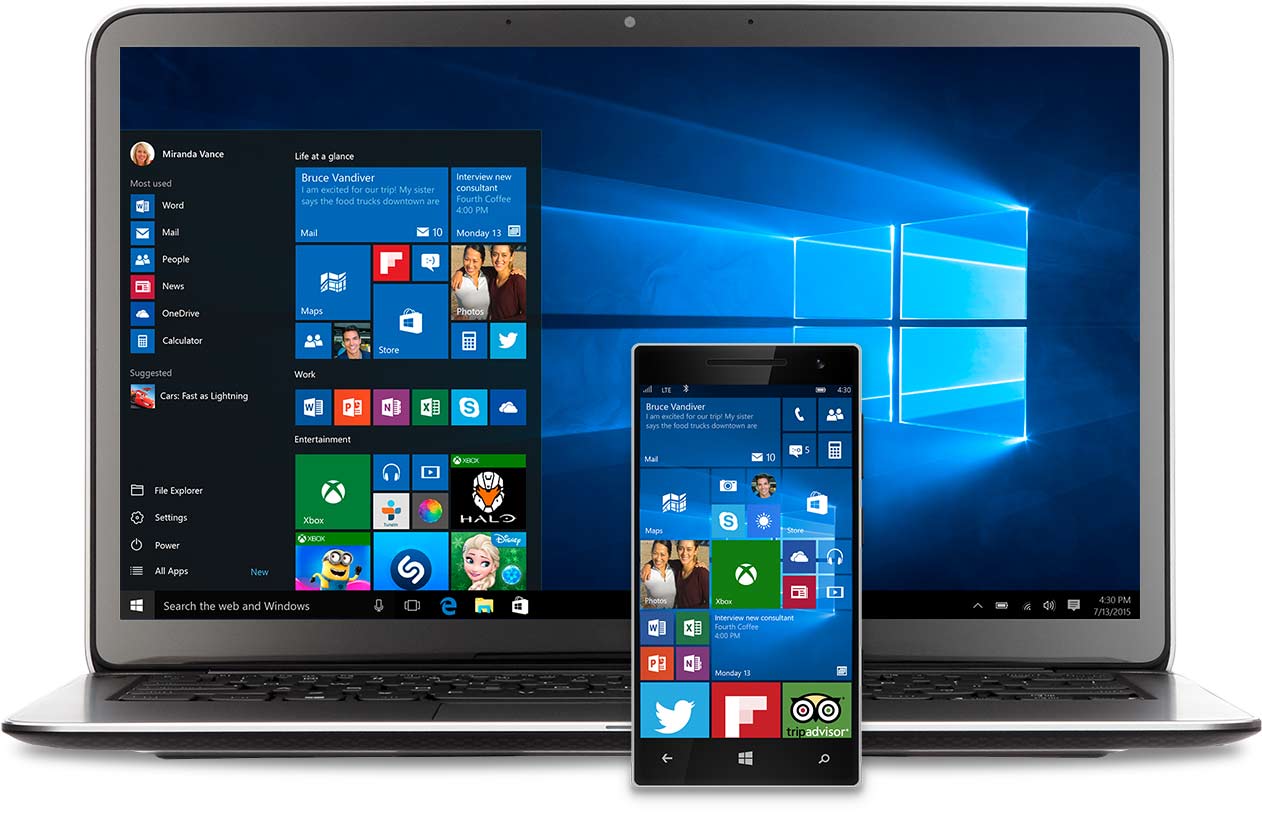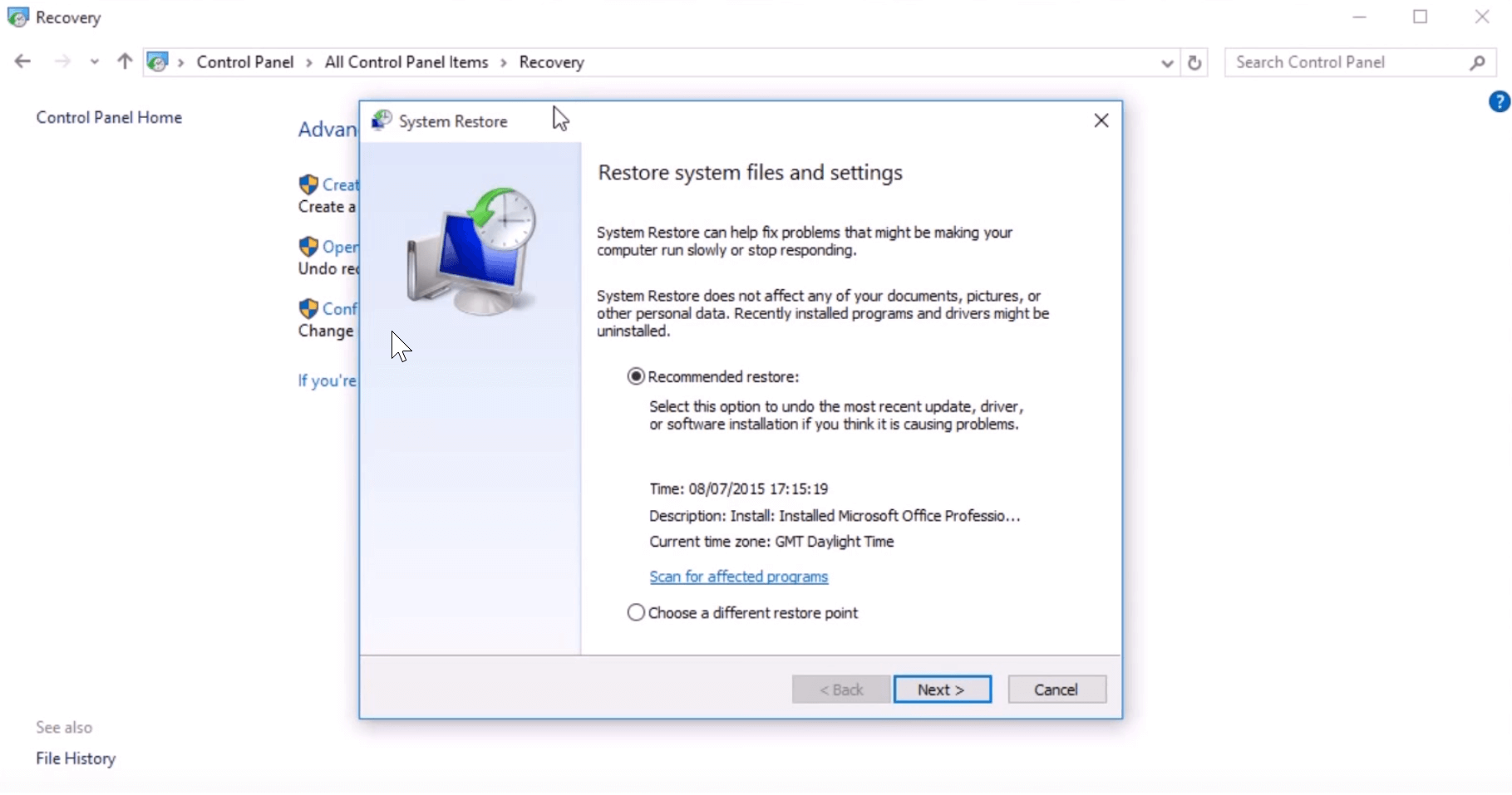

- #MICROSOFT SYSTEM IMAGE TOOLS HOW TO#
- #MICROSOFT SYSTEM IMAGE TOOLS FULL#
- #MICROSOFT SYSTEM IMAGE TOOLS FOR WINDOWS 10#
- #MICROSOFT SYSTEM IMAGE TOOLS WINDOWS 10#
- #MICROSOFT SYSTEM IMAGE TOOLS SOFTWARE#
Don’t click this unless you’re sure there’s no data on there that you need. You can also choose the “Format and repartition disks” option if you’re restoring the backup to a new hard drive.
#MICROSOFT SYSTEM IMAGE TOOLS WINDOWS 10#
#MICROSOFT SYSTEM IMAGE TOOLS HOW TO#
If you can’t work out how to access Advanced Startup Options, you can follow this guide.


If you’re installing a new OS drive or can’t boot your PC, you can restore your previously created Windows 10 backup via a bootable USB drive, which you can create via this tutorial. How to Perform a Windows 10 Restore from Your System Backup It’s rare that PCs and laptops accept disks anymore and you can always restore Windows from a bootable USB drive or a custom recovery partition. It’s up to you, of course, but generally you don’t need one. Once the process completes, you’ll be asked if you want to create a system repair disc.
#MICROSOFT SYSTEM IMAGE TOOLS FOR WINDOWS 10#
Wait for Windows 10 to create a disk image.Windows 10 will now show you how it plans to backup your computer, listing the drives that will be saved. Tick “On a hard disk” and select the correct Windows 10 backup drive, disk, or network location. In the Windows 10 backup options, choose your backup drive.Wait for Windows 10 to detect your backup drive.Click it and confirm your administrator credentials to continue. You’ll find the “Create a system image” option under the “Control Panel Home” heading.
#MICROSOFT SYSTEM IMAGE TOOLS FULL#

For a full Windows 10 system backup, you should however rely on a complete system image. For device drivers, there is a separate backup feature available. However, it’s worth noting that transfer speeds could be slower than with a dedicated drive.Īs an alternative you can use the Windows 10 File History feature to keep and if necessary restore versions of files. You’re just saving your C:/ drive, so it’s possible to back up Windows 10 to a USB drive. Naturally, the more apps, images, videos, and programs you want to save, the bigger external hard drive you’ll need to store them on. The requirements for a full Windows 10 backup depend on how many items you have on your PC in the first place. Forgetting to backup Windows can mean the loss of important documents, priceless images of family, or game saves with countless hours.Īs a result, it’s a good idea to backup your computer on a regular basis, and the most fool-proof way is to manually create a disk image in Windows 10 and save it to an external hard drive.
#MICROSOFT SYSTEM IMAGE TOOLS SOFTWARE#
It’s all too easy to forget to perform a Windows 10 backup, and all too quick to realize you don’t have one when you experience hardware or software failure. 2 How to Perform a Windows 10 Restore from Your System Backup.1 How to Create a Full Windows 10 backup with the System Image Tool.


 0 kommentar(er)
0 kommentar(er)
